Home>Garden Essentials>Who Started The Concept Of The Outdoor Room In Landscape Design
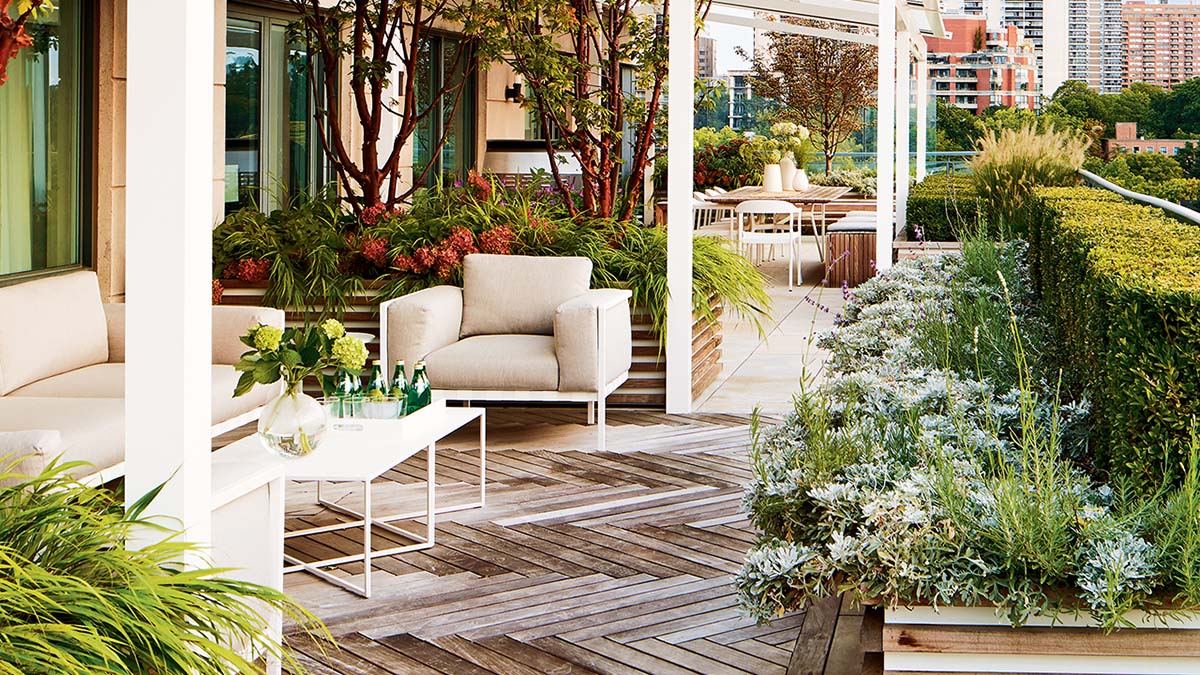

Garden Essentials
Who Started The Concept Of The Outdoor Room In Landscape Design
Modified: October 28, 2024
Discover the origins of the outdoor room concept in landscape design and how it transformed garden spaces. Uncover who pioneered this innovative approach to outdoor living.
(Many of the links in this article redirect to a specific reviewed product. Your purchase of these products through affiliate links helps to generate commission for Storables.com, at no extra cost. Learn more)
Introduction
Welcome to the world of landscape design, where creativity intertwines with nature to create breathtaking outdoor spaces. In recent years, a new concept has emerged in the realm of garden design – the outdoor room. This innovative concept has revolutionized the way we perceive our outdoor living spaces, blurring the boundaries between indoor and outdoor environments.
So, what exactly is an outdoor room? Imagine a seamless integration of nature and architecture, where elements such as plants, furniture, lighting, and structures come together to create a functional and inviting space. Just like a traditional indoor room, an outdoor room is designed to serve specific purposes and evoke certain emotions. It is a place where you can relax, entertain guests, dine al fresco, or simply escape the hustle and bustle of daily life.
The idea of the outdoor room is not new. In fact, it can be traced back to ancient civilizations that sought to connect with nature in a harmonious way. However, it was in the 20th century that the concept gained significant popularity and evolved into what we know today.
Throughout history, the design of outdoor spaces has been influenced by various factors – cultural, architectural, and environmental. The modernist movement, in particular, played a crucial role in shaping the idea of the outdoor room. With its emphasis on simplicity, functionality, and the integration of indoor and outdoor spaces, modernism laid the foundation for the contemporary outdoor room design.
Over the years, many renowned landscape architects and designers have explored and expanded the concept of the outdoor room. They have pushed the boundaries of creativity, using innovative materials, unique plant combinations, and cutting-edge technology to transform outdoor spaces into functional and visually stunning extensions of the home.
The features and elements of the outdoor room are diverse and can be customized to fit individual preferences and needs. From pergolas and seating areas to fire pits and water features, each component adds its own charm and functionality to the overall design. Lighting, color schemes, and plant selection also play crucial roles in enhancing the ambiance and visual appeal of the outdoor room.
The concept of the outdoor room offers numerous benefits for homeowners. Not only does it provide an additional living space, but it also allows for a seamless flow between indoor and outdoor activities. It encourages people to spend more time outdoors, promoting a healthier and more balanced lifestyle. Additionally, well-designed outdoor rooms can increase the value of a property and create a welcoming atmosphere for family and friends.
As with any design concept, trends in outdoor room design are constantly evolving. From eco-friendly and sustainable practices to incorporating technology into outdoor spaces, the possibilities are endless. Today, homeowners are embracing a variety of styles, from contemporary minimalism to rustic elegance, to personalize their outdoor rooms.
In this article, we will explore the history, elements, benefits, and current trends of the outdoor room concept. We will also delve into successful case studies that showcase the transformative power of outdoor room design. So, grab a seat and join us on this journey through the fascinating world of the outdoor room.
Key Takeaways:
- The concept of the outdoor room seamlessly blends nature with architecture, creating functional and inviting spaces that enhance the overall living experience and promote a healthier lifestyle.
- From ancient civilizations to modern landscape architects, the outdoor room concept has evolved, offering homeowners the opportunity to personalize their outdoor spaces and connect with nature in unique and inspiring ways.
Read more: How To Decorate An Open Concept Living Room
Definition of the Outdoor Room
The outdoor room is a design concept that brings the comfort and functionality of indoor living spaces to the great outdoors. It is an area within a garden or backyard that is carefully planned and designed to serve specific purposes, just like a traditional indoor room. The outdoor room blurs the lines between indoor and outdoor living, creating a seamless and inviting extension of the home.
What sets the outdoor room apart is its deliberate integration of natural elements such as plants, water features, and landscaping with man-made structures like seating areas, pergolas, and fire pits. This harmonious combination of nature and architecture creates a serene and inviting space that can be enjoyed year-round.
Unlike a traditional garden or patio, an outdoor room is designed with careful attention to functionality and aesthetics. It takes into consideration the needs and preferences of the homeowners, creating a unique space that reflects their lifestyle and personality.
The concept of the outdoor room extends beyond the physical layout and design. It also encompasses the atmosphere and ambiance that the space evokes. From cozy and intimate to open and expansive, outdoor rooms can be designed to create a variety of moods and experiences.
Flexibility is another key aspect of the outdoor room concept. The space can be tailored to serve different purposes, depending on the homeowners’ preferences and activities. Whether it is a lounge area for relaxation, a dining space for entertaining guests, or a play area for children, the design of the outdoor room can be customized to accommodate these needs.
While the term “outdoor room” may suggest a fully enclosed space, it can also refer to an open-air area that is defined by its boundaries and purpose. For instance, a pergola-covered seating area can be considered an outdoor room, as it creates a distinct space within the wider garden or backyard.
Overall, the outdoor room concept brings a sense of intention and organization to outdoor living spaces. It offers a seamless transition from indoor to outdoor activities, blurring the boundaries between nature and architecture. With careful planning and design, the outdoor room can become a cherished extension of the home, providing a sanctuary for relaxation, entertainment, and connection with nature.
Historical Background
The concept of the outdoor room may seem like a modern phenomenon, but its roots can be traced back to ancient civilizations that sought to connect with nature in a harmonious way. The idea of creating outdoor spaces that functioned as extensions of the home can be seen in the gardens of ancient Egypt, Persia, and Rome.
Ancient Egyptians were known for their lush, symmetrical gardens that featured carefully manicured plants, pools, and shaded areas. These gardens were designed to be both aesthetically pleasing and functional, serving as places for relaxation and contemplation.
In Persia (now modern-day Iran), the concept of the outdoor room was prevalent during the time of the Persian Empire. Persian gardens were characterized by their use of windcatchers, water channels, and shaded pavilions. These elements not only provided respite from the hot climate but also created an immersive and tranquil experience for visitors.
One of the most influential civilizations in shaping the concept of the outdoor room was ancient Rome. Roman gardens, or horti, were designed to be expansive and grand, often featuring multiple outdoor rooms within a single garden complex. These gardens were adorned with fountains, sculptures, and pergolas, creating distinct spaces for various activities such as dining, socializing, and recreation.
After the fall of the Roman Empire, the concept of outdoor rooms somewhat faded from prominence. Gardens became less formal and structured, with a greater emphasis on natural features and landscapes. However, the idea of connecting outdoor spaces with architecture continued to shape garden design throughout the Middle Ages and the Renaissance.
During the Renaissance period, the Italian villa gardens pioneered the revival of the outdoor room concept. These gardens were carefully structured, with terraces, loggias, and pergolas creating distinct spaces within the larger garden landscape. They were designed to provide elegant outdoor living areas that blended seamlessly with the surrounding nature.
The modern concept of the outdoor room began to take shape in the 20th century, with the influence of modernist architects and landscape designers. Modernism emphasized simplicity, functionality, and the integration of indoor and outdoor spaces, leading to a reimagining of garden design.
Visionary landscape architects such as Thomas Church, Garrett Eckbo, and Dan Kiley embraced the concept of the outdoor room and incorporated it into their designs. They sought to create spaces that were not just beautiful but also practical, allowing people to fully utilize their outdoor areas for various activities.
Today, the concept of the outdoor room continues to evolve, with homeowners and designers pushing the boundaries of creativity and innovation. From small urban terraces to expansive suburban gardens, outdoor rooms have become a popular feature in contemporary landscape design, providing a seamless connection between the indoor and outdoor living spaces.
As we delve further into the world of outdoor room design, we will explore the influential designs and techniques of modernist landscape architects, along with the features and benefits that make the outdoor room such a sought-after concept in landscape design.
Influence of Modernism
Modernism, as a design movement that emerged in the early 20th century, had a profound influence on the concept of the outdoor room. With its emphasis on simplicity, functionality, and the integration of indoor and outdoor spaces, modernism laid the foundation for the contemporary outdoor room design we see today.
Modernist architects and landscape designers sought to break away from the ornate and elaborate styles of the past, embracing clean lines, geometric forms, and a sense of openness. They aimed to create spaces that reflected the changing needs and lifestyles of the time, emphasizing efficiency and practicality in design.
One of the key principles of modernism was the idea of “form follows function.” This principle, championed by architects like Le Corbusier and Walter Gropius, emphasized that the design of a space should be dictated by its intended use and purpose. This concept resonated with the idea of the outdoor room, as it called for a thoughtful and intentional approach to designing outdoor living spaces.
Modernist architects and landscape designers also embraced the concept of “bringing the outside in” and vice versa. They sought to blur the boundaries between the indoor and outdoor environments, creating a seamless flow between the two. This vision was achieved through the use of large windows, sliding glass doors, and open floor plans that seamlessly connected the interior spaces with the surrounding outdoor areas.
The outdoor room concept aligned perfectly with this modernist vision, as it allowed for the integration of natural elements and the extension of indoor functionalities into the outdoor spaces. Modernist landscape designers such as Thomas Church, who is often regarded as the pioneer of the outdoor room concept, embraced this philosophy in their designs.
Church’s influential book, “Gardens Are for People,” published in 1955, introduced the idea of functional and versatile outdoor spaces that catered to the needs and activities of the homeowners. He believed that gardens and outdoor spaces should be designed to enhance the overall experience of living, and that they should be as usable and well-equipped as any interior space.
Church’s designs showcased the integration of seating areas, dining spaces, and recreational zones within the garden, merging the boundaries between the indoors and outdoors. His approach to garden design emphasized the importance of functionality and practicality, introducing concepts such as outdoor kitchens, play areas, and lounging spaces.
Other modernist landscape architects and designers, like Garrett Eckbo and Dan Kiley, also embraced the idea of the outdoor room in their works. They incorporated features such as pergolas, lattices, and strategically placed plantings to define outdoor spaces and create a sense of enclosure within the larger garden framework.
The influence of modernism on the outdoor room concept can be seen in its emphasis on simplicity of design, integration of indoor and outdoor spaces, and the prioritization of functionality. Today, contemporary landscape designers continue to draw inspiration from modernist principles while adding their own innovations and personal touches to create unique outdoor rooms that reflect the needs and desires of homeowners.
As the outdoor room concept evolves, it remains a testament to the enduring influence of modernism on the world of landscape design. The seamless integration of nature and architecture, the intentional and thoughtful use of outdoor spaces, and the focus on enhancing the overall living experience all stem from the modernist ideals that shaped the concept of the outdoor room.
Renowned Landscape Architects and Designers
Throughout history, numerous landscape architects and designers have made significant contributions to the world of outdoor room design. Their innovative ideas and creative approaches have shaped the way we perceive and utilize outdoor spaces. Let’s explore some of the renowned figures in landscape architecture who have left a lasting impact on the concept of the outdoor room.
1. Thomas Church: Often regarded as the pioneer of the outdoor room concept, Thomas Church was an influential landscape architect who revolutionized the field in the mid-20th century. His book, “Gardens Are for People,” introduced the idea of designing outdoor spaces with functionality and usability in mind. Church’s designs incorporated various elements such as seating areas, dining spaces, and play areas, blurring the boundaries between indoor and outdoor living.
2. Garrett Eckbo: Considered one of the most influential modernist landscape architects, Garrett Eckbo embraced the concept of the outdoor room in his designs. He focused on creating outdoor spaces that provided various experiences and catered to the needs of the homeowners. Eckbo’s designs often featured defined spaces within the garden, incorporating elements like pergolas, outdoor seating, and water features.
3. Dan Kiley: Known for his modernist approach to landscape design, Dan Kiley was a prominent figure in the field. His works showcased the integration of nature and architecture, blurring the boundaries between the indoor and outdoor environments. Kiley’s landscapes often featured geometric designs, clean lines, and a sense of openness, creating a seamless flow between the interior and exterior spaces.
4. Piet Oudolf: A Dutch plantsman and designer, Piet Oudolf is renowned for his innovative use of plants and naturalistic planting designs. His approach to garden design emphasizes the importance of texture, color, and seasonal interest, creating visually stunning outdoor spaces that evolve throughout the year. Oudolf’s designs often incorporate plants as key elements in defining and enclosing outdoor rooms.
5. Julie Moir Messervy: A contemporary landscape architect, Julie Moir Messervy has made a name for herself with her unique approach to outdoor room design. She focuses on creating spaces that evoke specific emotions and tell a story. Messervy often incorporates elements such as pathways, water features, and contemplative areas to create engaging and immersive outdoor experiences.
6. James Corner: Known for his work on the High Line in New York City, James Corner is a landscape architect who has pushed the boundaries of outdoor room design. His projects often feature a mix of naturalistic elements and modernist design principles, creating dynamic and engaging outdoor spaces that blend seamlessly with the urban environment.
These are just a few examples of the many talented landscape architects and designers who have contributed to the concept of the outdoor room. Their innovative ideas and creative designs have shaped the way we approach outdoor living, inspiring homeowners and designers alike to create functional and inviting spaces that seamlessly connect with nature.
As the field of landscape architecture continues to evolve, we can expect to see new visionaries emerging, bringing fresh perspectives and ideas to the concept of the outdoor room. Their contributions will further enrich our understanding and appreciation of outdoor living spaces, creating even more exciting and inspiring designs in the future.
The concept of the outdoor room in landscape design was popularized by landscape architect Thomas Church in the 1940s. He believed in creating functional and inviting outdoor spaces that were an extension of the home.
Features and Elements of the Outdoor Room
The outdoor room concept is characterized by its thoughtful design and integration of elements that blur the boundaries between indoor and outdoor living. While the specific features and elements can vary depending on personal preferences and design styles, there are several key components that are often found in outdoor rooms. Let’s explore some of these features and elements:
1. Structures: Structures play a crucial role in defining the space and creating a sense of enclosure in an outdoor room. This can include pergolas, arbors, gazebos, or even architectural features on a house’s exterior. These elements provide shade, add visual interest, and create a framework for outdoor activities.
2. Seating and Dining Areas: Comfortable seating is essential in any outdoor room. From lounge chairs and sofas to built-in benches or outdoor sectionals, seating areas provide a place to relax, socialize, and enjoy the outdoor surroundings. Dining areas, equipped with tables and chairs, allow for al fresco meals and entertaining.
3. Outdoor Kitchen or Bar: An outdoor kitchen or bar area has become a popular feature in outdoor rooms. It typically includes a grill, countertop space, storage, and sometimes a sink and refrigerator. This allows for convenient outdoor cooking and entertaining, creating a focal point for social gatherings.
4. Lighting: Lighting is essential for creating ambiance and extending the usability of the outdoor room into the evening. It can include a variety of fixtures such as string lights, pathway lighting, lanterns, or even built-in lighting within structures or landscaping. Lighting helps to enhance the atmosphere and create a warm and inviting space.
5. Fire Features: Fire pits, fireplaces, or even built-in fire tables add a cozy and inviting element to an outdoor room. They provide warmth and ambiance, extending the usability of the space into cooler months. Fire features can also serve as a focal point and gathering area for friends and family.
6. Water Features: Water elements, such as fountains, ponds, or waterfalls, can bring a sense of tranquility and serenity to an outdoor room. The sound of running water adds a soothing ambiance, creating a peaceful atmosphere for relaxation and contemplation.
7. Plants and Landscaping: Plants and landscaping are vital elements in an outdoor room, adding natural beauty, texture, and color. They can be used to create privacy, screen undesirable views, or define different zones within the outdoor space. The selection of plants should take into consideration the desired maintenance level, climate, and design aesthetic.
8. Outdoor Decor: Personal touches and decorative elements can enhance the charm and style of an outdoor room. This can include outdoor rugs, throw pillows, artwork, sculptures, or even decorative containers for plants. Decorative elements allow homeowners to inject their own personality and style into the space.
9. Technology: With the advancement of technology, outdoor rooms can now include various technological features. This may include outdoor speakers for music, Wi-Fi connectivity for outdoor entertainment systems, or even automated systems for lighting and irrigation. These technological elements add convenience and enhance the overall outdoor experience.
By incorporating these features and elements into the design of an outdoor room, homeowners can create a space that is not only visually appealing but also functional and inviting. It is important to consider the specific needs, activities, and preferences of individuals or families, ensuring that the outdoor room reflects their unique lifestyle and provides an oasis to enjoy the beauty of the natural surroundings.
Benefits of the Outdoor Room Concept
The outdoor room concept offers numerous benefits for homeowners, transforming their outdoor spaces into functional and inviting extensions of the home. From enhancing the overall living experience to promoting a healthier lifestyle, the outdoor room concept has gained popularity for its ability to create versatile and enjoyable outdoor spaces. Let’s explore some of the key benefits:
1. Additional Living Space: The outdoor room provides an additional living space where homeowners can relax, entertain, and spend quality time with family and friends. It expands the functional area of the home, allowing for more flexibility in activities and a seamless flow between indoor and outdoor living.
2. Connection with Nature: Spending time in an outdoor room allows homeowners to connect with nature and enjoy the beauty of the natural environment. Surrounded by plants, landscapes, and fresh air, the outdoor room provides a tranquil retreat from the stresses of daily life, promoting relaxation and well-being.
3. Health and Well-being: The outdoor room concept encourages homeowners to spend more time outdoors, promoting a healthier lifestyle. Being exposed to natural light and fresh air has numerous health benefits, including improved mood, increased vitamin D production, and reduced stress levels. The outdoor room provides an opportunity for physical activities like gardening, yoga, or simply enjoying outdoor games.
4. Entertainment and Socializing: An outdoor room is a perfect space for entertaining guests and hosting social gatherings. Whether it’s a cozy seating area for intimate conversations, a dining space for al fresco meals, or a fire pit for roasting marshmallows, the outdoor room creates a welcoming environment for family and friends to come together and create lasting memories.
5. Increased Property Value: A well-designed and functional outdoor room can significantly increase the value of a property. The addition of outdoor living spaces, such as a well-appointed patio or a thoughtfully designed outdoor kitchen, adds appeal to potential buyers. It enhances the overall curb appeal of the property and showcases the potential for outdoor enjoyment.
6. Personalization and Expression: The outdoor room concept allows homeowners to personalize their outdoor spaces and express their individual style and tastes. From choosing the right furniture and decor to selecting plants and landscaping features, homeowners can create a unique outdoor room that reflects their personality and preferences.
7. Year-Round Use: With thoughtful design and the incorporation of certain elements, the outdoor room can be utilized year-round, regardless of weather conditions. For instance, features like pergolas, retractable awnings, or outdoor heaters can provide shade in the summer or warmth in cooler months, extending the usability of the outdoor room throughout the year.
8. Energy Efficiency: An outdoor room can contribute to energy efficiency by reducing the need for indoor cooling or heating. By spending more time outdoors, homeowners can rely less on air conditioning or heating systems, leading to energy savings. Additionally, incorporating sustainable practices into outdoor room design, such as using drought-resistant plants or collecting rainwater, can further contribute to environmental sustainability.
The outdoor room concept offers a multitude of benefits that enhance the overall living experience and connection with nature. It transforms outdoor spaces into functional extensions of the home, fostering relaxation, entertainment, and a healthier lifestyle. With its versatility and ability to personalize the outdoor living environment, the outdoor room has become a sought-after feature for homeowners looking to create a unique and inviting outdoor oasis.
Popular Trends in Outdoor Room Design
Outdoor room design is constantly evolving, with new trends emerging to meet the changing needs and preferences of homeowners. From incorporating sustainable practices to embracing technology, these trends reflect a desire for creativity, functionality, and a seamless connection between indoor and outdoor living. Let’s explore some of the popular trends in outdoor room design:
1. Eco-Friendly and Sustainable Design: There is a growing emphasis on incorporating eco-friendly practices into outdoor room design. Homeowners are opting for sustainable materials, such as reclaimed wood or recycled plastic, for furniture and structures. Additionally, the use of native plants and low-maintenance landscaping techniques reduces water consumption and promotes biodiversity.
2. Outdoor Kitchens and Bars: Outdoor kitchens and bars continue to be sought-after features in outdoor room design. These spaces are equipped with built-in grills, refrigerators, and prep areas, allowing homeowners to cook and entertain outdoors seamlessly. Incorporating features like outdoor pizza ovens, smokers, and beverage stations adds a gourmet touch to the outdoor experience.
3. Mixing Materials and Textures: Designers are increasingly mixing materials and textures to create visually interesting outdoor spaces. Combining materials such as wood, metal, stone, and concrete adds depth and dimension to the overall design. Textures are incorporated through the use of natural stone finishes, textured tiles, or woven outdoor furniture, creating a tactile and inviting environment.
4. Seamless Indoor/Outdoor Transitions: Creating a seamless flow between indoor and outdoor living spaces remains a popular trend. This is achieved through the use of glass sliding doors, folding window systems, or even removing barriers altogether. The goal is to create a harmonious integration of indoor and outdoor spaces, blurring the boundaries and extending the living area to the outdoors.
5. Smart Technology Integration: Technology is increasingly being integrated into outdoor room design to enhance comfort and convenience. This may include outdoor speakers for entertainment systems, lighting that can be controlled remotely or through voice commands, and even automated irrigation systems that adjust based on weather conditions. Smart technology allows homeowners to control and customize their outdoor spaces with ease.
6. Fire and Water Features: Fire pits, fireplaces, and water features continue to be popular focal points in outdoor rooms. These elements add ambiance, provide warmth, and create a soothing atmosphere. Incorporating fire and water features can transform an outdoor space into a tranquil retreat, inviting relaxation and reflection.
7. Outdoor Lighting: Lighting plays a crucial role in outdoor room design, enhancing the ambiance and functionality of the space. Beyond traditional path lights and spotlights, homeowners are incorporating creative lighting options such as string lights, lanterns, and recessed lighting. The goal is to create a warm and inviting atmosphere that allows for safe navigation and comfortable outdoor activities.
8. Flexible and Multi-Purpose Spaces: Outdoor rooms are being designed to serve multiple purposes, providing flexibility and adaptability. For example, seating areas that can be rearranged to create different configurations, or retractable awnings and pergolas that can provide shade or shelter depending on the weather. This allows homeowners to utilize the outdoor space in various ways and cater to different activities or events.
9. Outdoor Living Rooms: Creating comfortable and stylish outdoor seating areas that resemble indoor living rooms is a popular trend. This is accomplished by using weather-resistant furniture, plush cushions, and rugs. The outdoor living room concept emphasizes relaxation and socialization, providing a cozy and inviting space for family and friends.
10. Wellness-Oriented Design: More people are seeking outdoor spaces that promote health and well-being. This trend includes incorporating features like outdoor showers, meditation areas, or yoga spaces. Designers are also focusing on creating environments that minimize stress, promote tranquility, and encourage physical activity.
Outdoor room design trends continue to evolve, reflecting the desire for functional and beautiful outdoor spaces that seamlessly integrate with the indoors. By incorporating these trends, homeowners can create outdoor rooms that not only enhance their living experience but also showcase their personal style and preferences.
Case Studies: Successful Outdoor Room Designs
Examining successful outdoor room designs can provide inspiration and insight into how to create captivating outdoor spaces. These case studies highlight the creativity and innovation of landscape architects and designers as they transform outdoor areas into functional and aesthetically pleasing extensions of the home. Let’s explore a few remarkable examples:
1. Case Study 1 – The High Line, New York City: This iconic urban park, designed by James Corner Field Operations, transformed an abandoned elevated railway into a lush outdoor room. The design seamlessly merges natural elements with architectural features, creating a unique and immersive experience. The outdoor room design incorporates seating areas, walkways, vegetation, and iconic views of the city skyline. The High Line showcases the power of repurposing urban spaces into vibrant outdoor rooms that serve as gathering places and green oases.
2. Case Study 2 – The Getty Center, Los Angeles: Richard Meier & Partners Architects designed the outdoor spaces surrounding the Getty Center to enhance the museum experience. The outdoor rooms feature distinct areas defined by geometric forms, water features, and carefully curated plantings. The outdoor rooms seamlessly integrate with the museum’s architecture and offer breathtaking views of the surrounding landscape. The design showcases the use of materials, shapes, and landscapes to create outdoor spaces that complement and enhance the overall experience of the museum.
3. Case Study 3 – Villa d’Este, Italy: Villa d’Este in Tivoli, Italy, is a historic Renaissance garden renowned for its exceptional outdoor room design. The garden features a series of terraces, fountains, and intimate outdoor spaces, all carefully designed to evoke a sense of tranquility and beauty. The outdoor rooms are adorned with intricate sculptures, lush vegetation, and meticulously manicured plantings. The design showcases the mastery of blending nature with architecture to create an immersive and enchanting outdoor experience.
4. Case Study 4 – The Starry Night Garden, Chelsea Flower Show: Designed by landscaper Darren Hawkes, the Starry Night Garden won the prestigious Gold Medal at the Chelsea Flower Show. This outdoor room design was inspired by Vincent van Gogh’s famous painting, “The Starry Night.” The design incorporated swirling shapes, vibrant colors, and plantings that mimicked the brushstrokes of the painting. The outdoor room immersed visitors in Van Gogh’s artistic vision, creating a whimsical and captivating experience.
5. Case Study 5 – Private Residence, Spanish Mediterranean Style: This outdoor room design showcases the elements of a Spanish Mediterranean-inspired outdoor living space. Designed by a local landscape architect, the outdoor room features a central courtyard surrounded by an arched colonnade, a traditional fountain, and lush plantings. The design incorporates warm-toned tiles, wrought-iron accents, and comfortable seating areas, creating a charming and inviting atmosphere. The outdoor room embraces the cultural and architectural elements of the Mediterranean, offering a peaceful and immersive experience within the privacy of a residential setting.
These case studies highlight the diversity and creativity that can be achieved in outdoor room design. From urban parks and museum gardens to private residences and themed outdoor spaces, each design tells a unique story and offers a distinctive experience. By studying these successful projects, homeowners and designers can gain inspiration and ideas to create their own remarkable outdoor rooms.
Whether drawing inspiration from iconic designs or incorporating personal style and preferences, the key to a successful outdoor room lies in thoughtful planning, careful selection of elements, and a vision that seamlessly connects the indoor and outdoor environments. These case studies demonstrate the transformative power of outdoor room design, showcasing how outdoor spaces can become inviting, functional, and visually stunning extensions of the home.
Read more: Who Does Landscaping
Conclusion
The concept of the outdoor room has revolutionized the way we design and utilize our outdoor spaces. From ancient civilizations to modern landscape architects, the idea of seamlessly integrating nature with architecture has evolved over time, resulting in stunning outdoor living environments that blur the lines between indoor and outdoor living.
Throughout this article, we explored the definition of the outdoor room, its historical roots, and the influence of modernism on its development. We also delved into the work of renowned landscape architects and designers who have embraced the concept, creating innovative and functional outdoor room designs.
Some key features and elements of outdoor rooms were discussed, including structures, seating and dining areas, lighting, water and fire features, and the importance of plants and landscaping. We also highlighted the benefits of outdoor room design, such as providing additional living space, connecting with nature, promoting a healthier lifestyle, and increasing property value.
Furthermore, we explored the popular trends in outdoor room design, including eco-friendly practices, outdoor kitchens and bars, seamless indoor/outdoor transitions, smart technology integration, and wellness-oriented design. These trends reflect the desire for sustainable, functional, and inviting outdoor spaces that cater to individual preferences and lifestyles.
To showcase the transformative power of outdoor room design, we presented several case studies that demonstrated successful implementations. From the repurposed urban park of the High Line in New York City to the enchanting Renaissance garden of Villa d’Este in Italy, each case study highlighted the creativity and innovation of landscape architects in creating captivating outdoor rooms.
In conclusion, the outdoor room concept offers a myriad of possibilities for homeowners to create beautiful, functional, and personalized outdoor spaces that seamlessly blend with nature. Whether it’s a small urban patio or a sprawling suburban garden, the outdoor room allows homeowners to extend their living spaces and enjoy the benefits of outdoor living.
As the field of outdoor room design continues to evolve, it is important for homeowners and designers to adapt to changing trends, incorporate sustainable practices, and embrace new technologies. By doing so, they can create outdoor spaces that not only enhance their overall living experience but also reflect their unique style and personality.
So, whether you’re dreaming of a cozy outdoor lounge area, a vibrant dining space, or a tranquil garden retreat, let the concept of the outdoor room inspire you to transform your outdoor space into a breathtaking extension of your home. Embrace nature, embrace design, and create an outdoor room that brings joy, relaxation, and connection with the natural world.
Frequently Asked Questions about Who Started The Concept Of The Outdoor Room In Landscape Design
Was this page helpful?
At Storables.com, we guarantee accurate and reliable information. Our content, validated by Expert Board Contributors, is crafted following stringent Editorial Policies. We're committed to providing you with well-researched, expert-backed insights for all your informational needs.
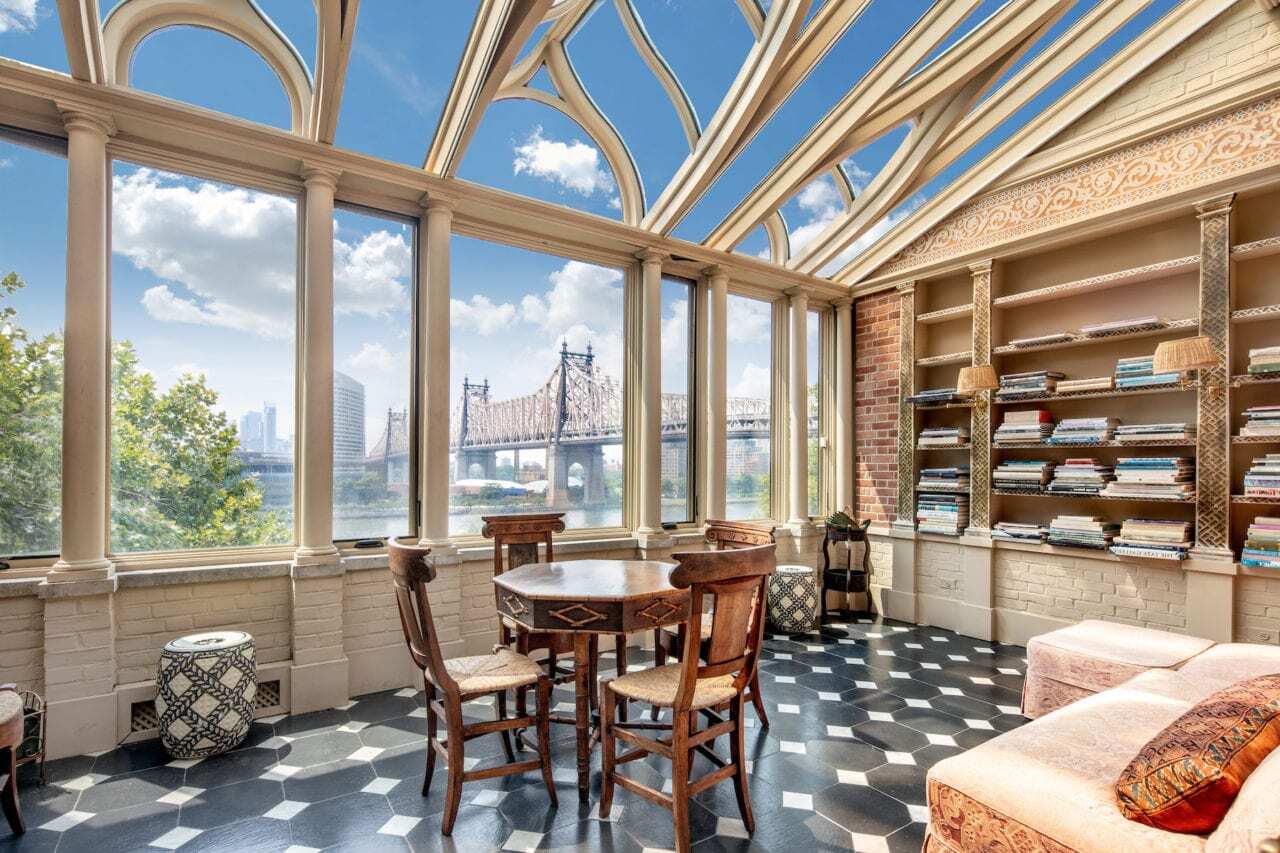
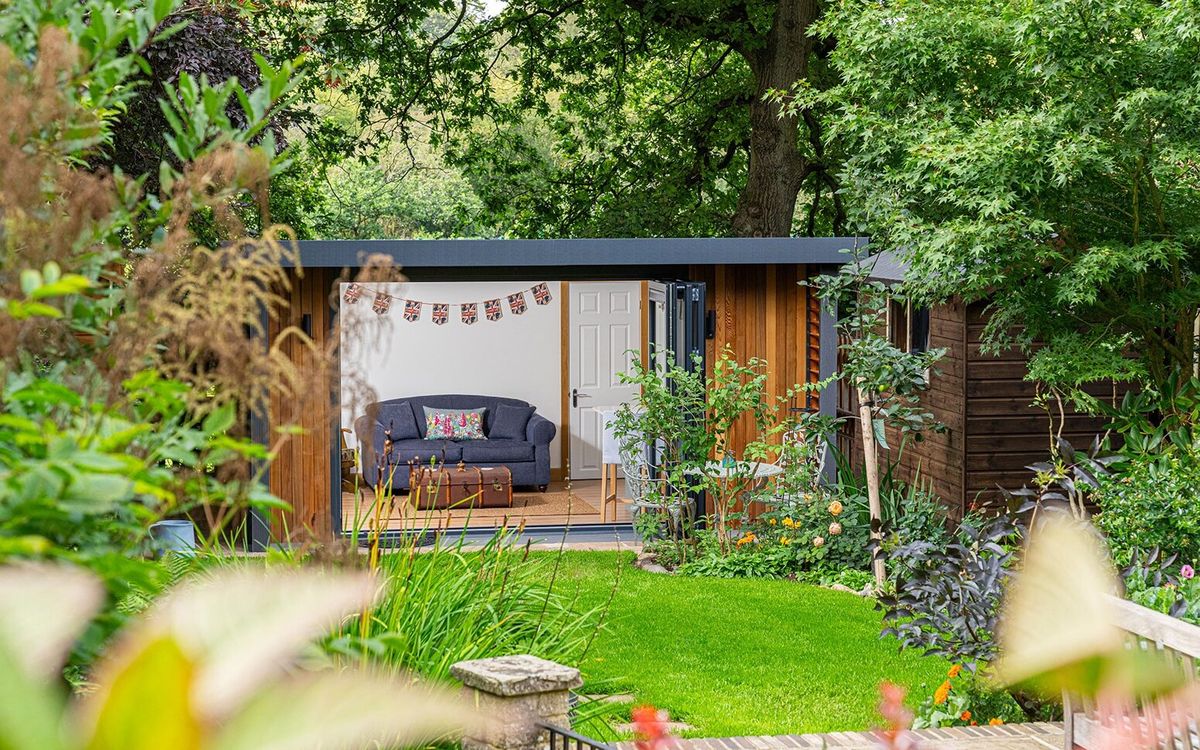


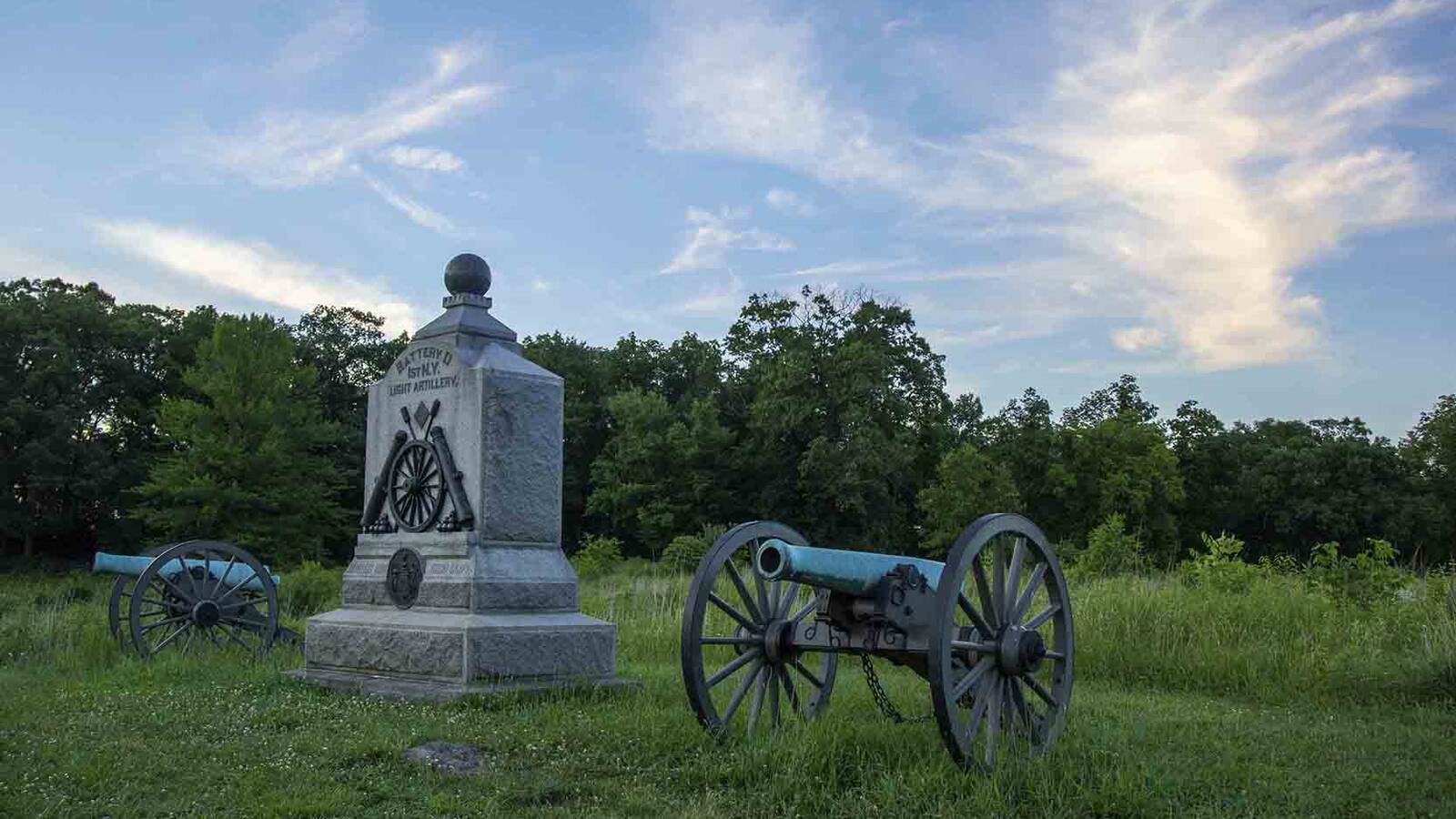
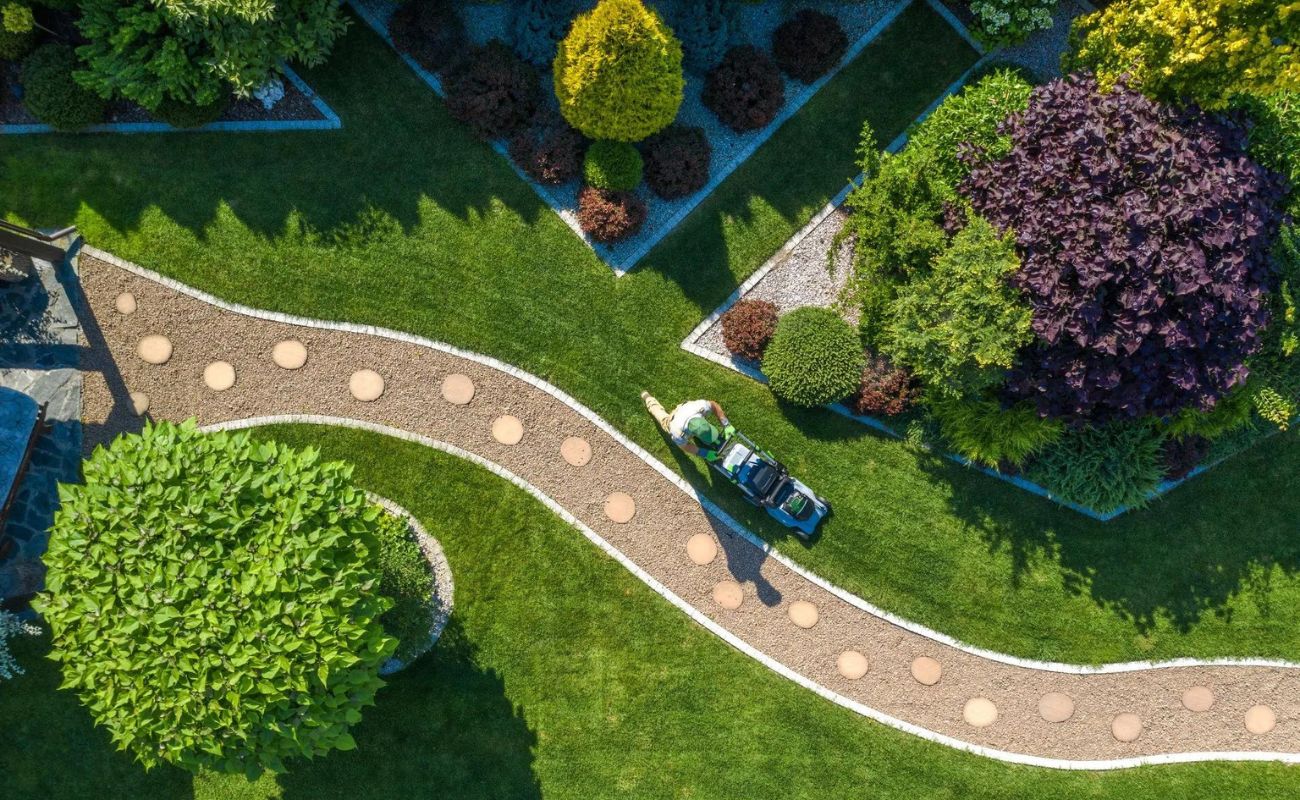
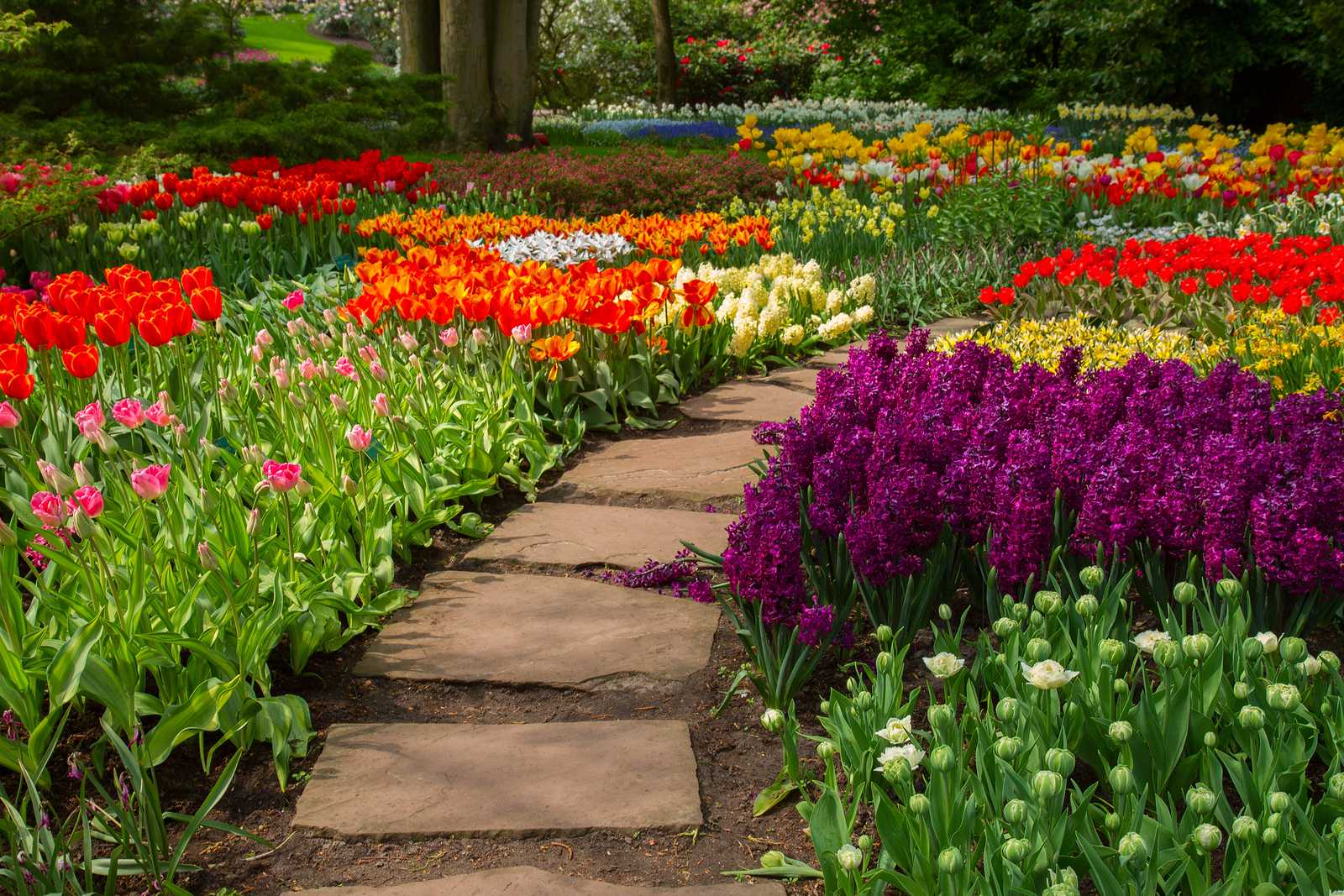
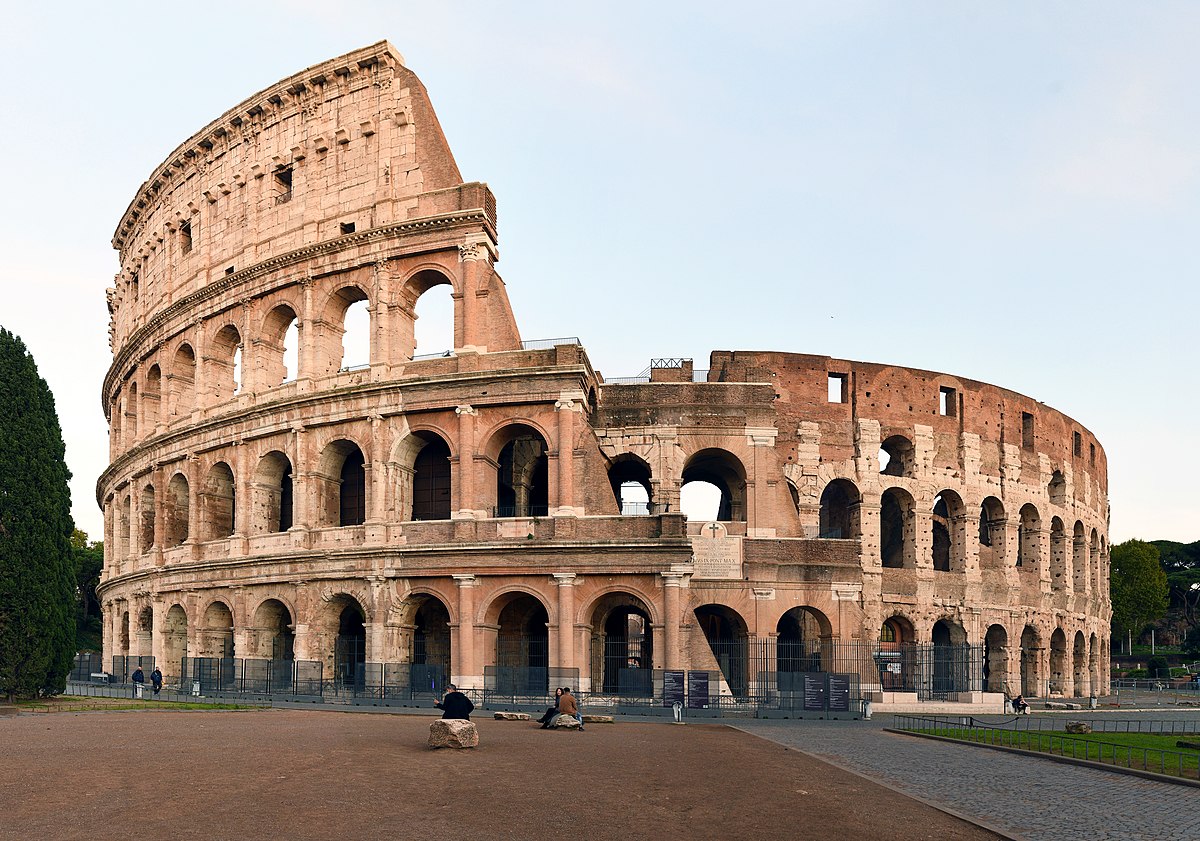

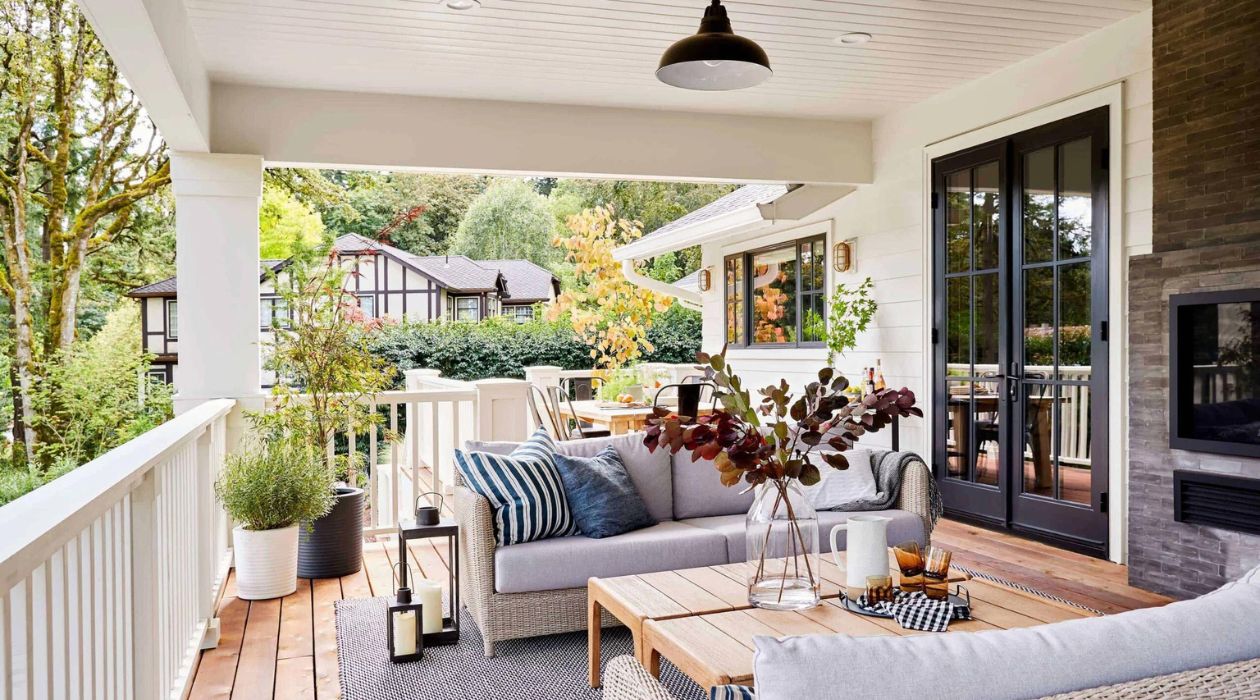

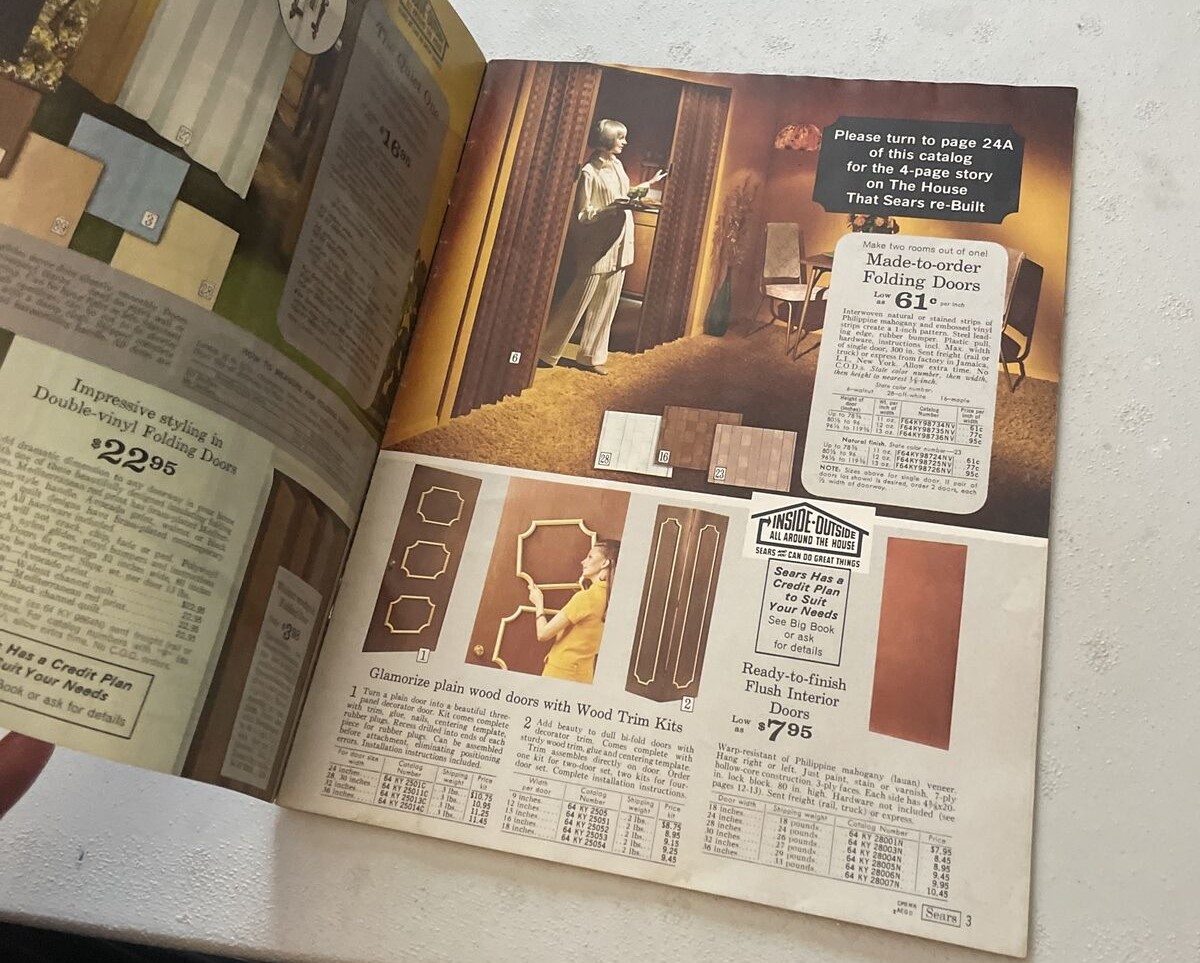


0 thoughts on “Who Started The Concept Of The Outdoor Room In Landscape Design”